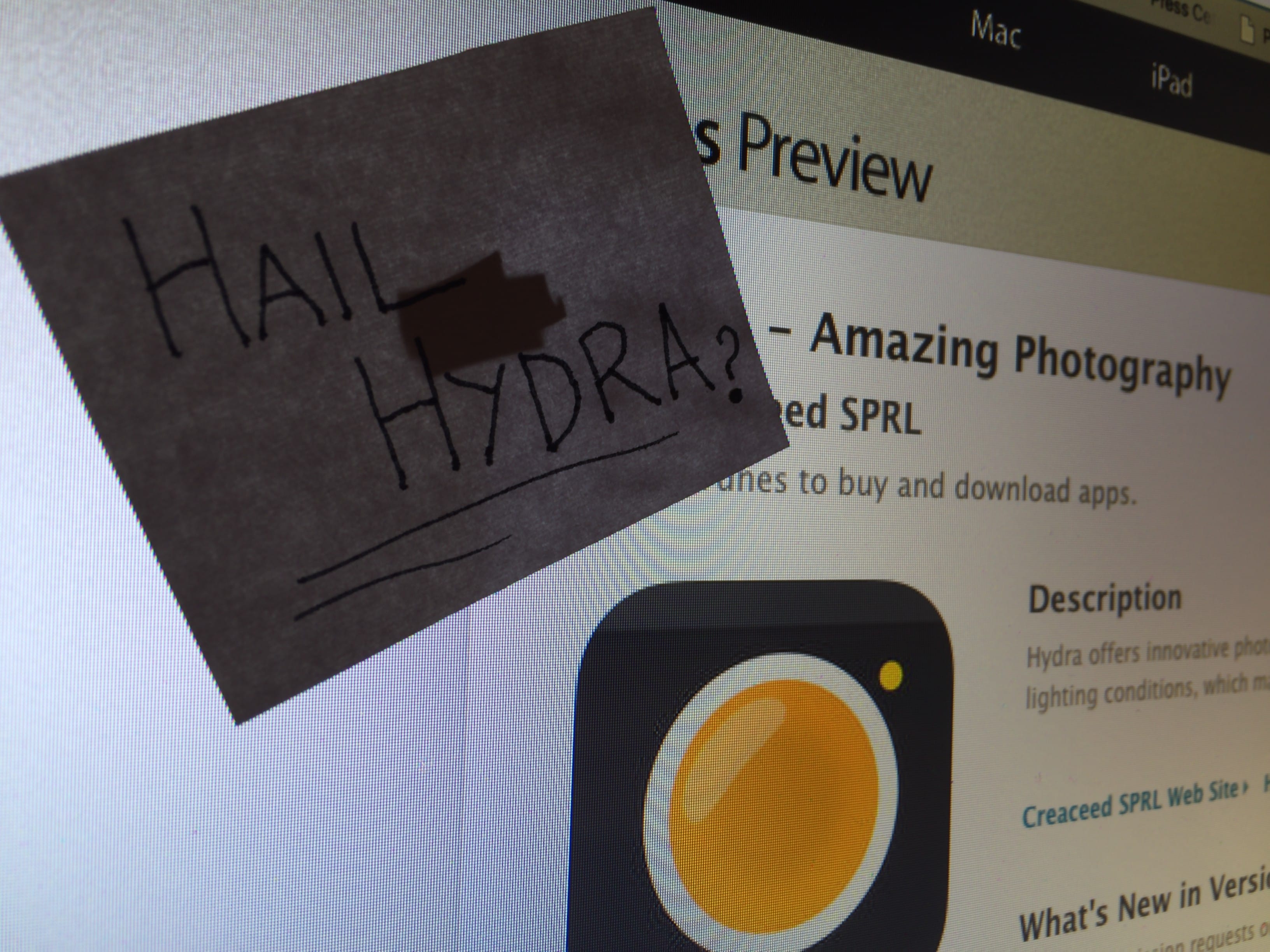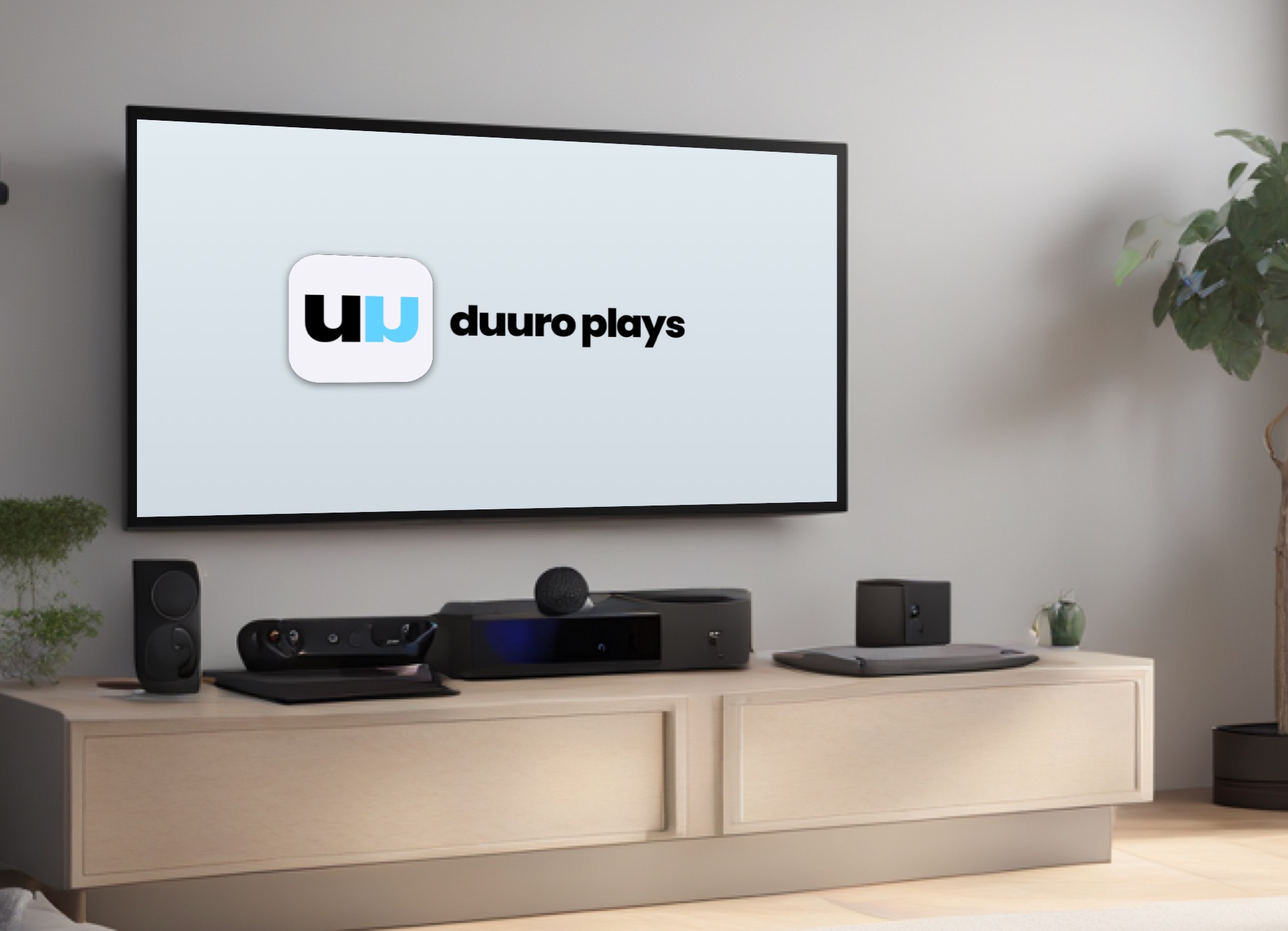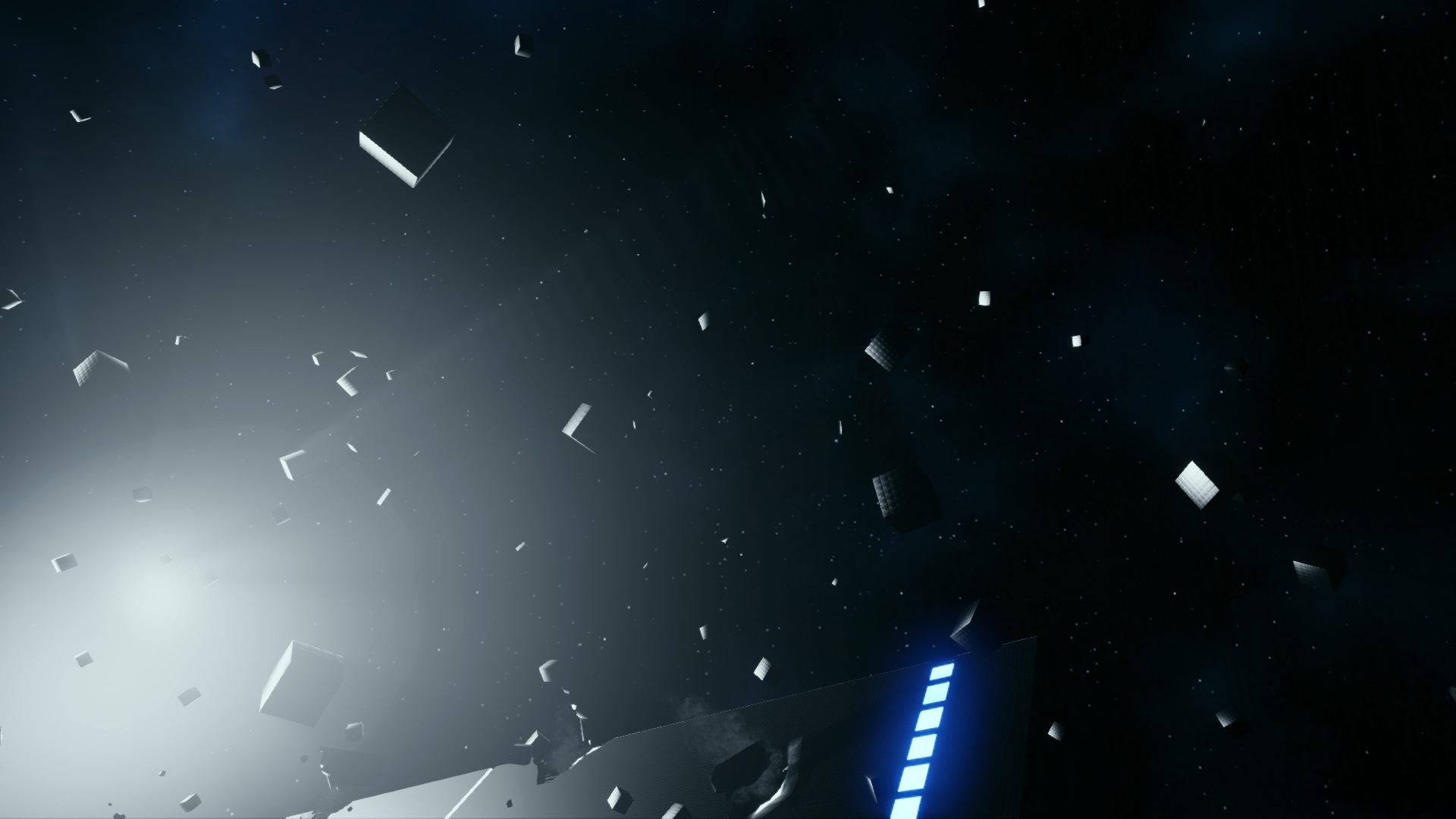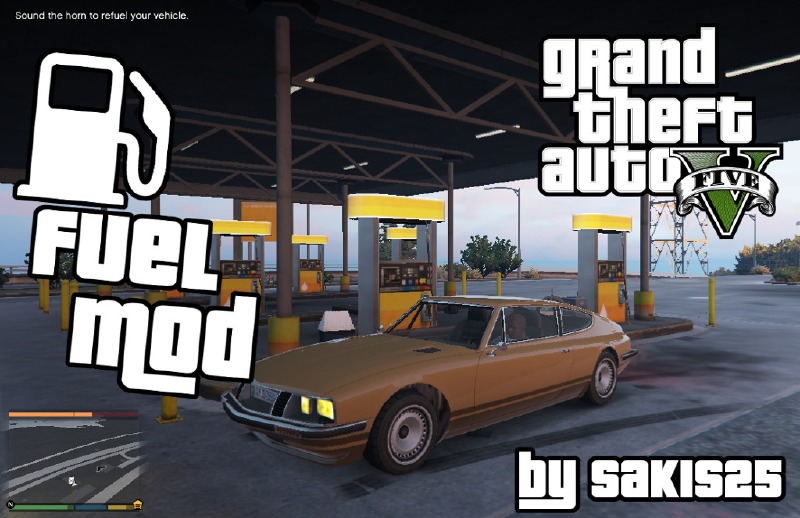All Hail Hydra...?
Since Apple released the Camera API to developers with the iOS8 update, there has been an influx of third-party camera apps and as usual they range from really good to utter sh*t. Hydra, however, is on a league of its own.
Making a simple third-party camera, today, with precise control over exposure, focus, and white balance is kinda easy. But Hydra is not just another simple camera app as the stuff it does is very surprising to say the least. For example, take a look at the images below. The first one is taken using the vanilla or stock iPhone 6 camera app with HDR on. The second one is taken using Hydra with the HDR 12 megapixel setting.
As you can clearly see there is a big difference between the images. The level of details in the image taken using Hydra is higher, the sharpness is higher, the colors are more vivid and vibrant, the contrast is better, everything looks better. The same thing goes for the other two images below, the difference is clearly visible. So what Hydra does is take a bunch of images, I've seen it take up to 100, compile and stitches all of them together using well, magic and it creates beautiful images up to 32 megapixels.
32 megapixels, that's a lot coming from a 8 megapixel sensor. This is where the magic or science behind Hydra comes into play. Stitching together tens of images to create a perfect one. Now if I placed the two images down below, the untrained eye wouldn't see any difference between the 8MP photo and the 32MP one. However if I zoom the images 100%, which were both taken in the same lighting conditions, from the same position 3 meters away from subject, you can see the difference. In the second photo you can read the text with ease while in the first one the level of pixelation is so high it makes it unreadable.
Low Light mode which works better than the stock offering less noise and more details in dim environments, but since there are already enough examples, I will not embed it here. Instead I'll embed a video showing the slight but noticeable difference between videos captured using the iPhone 6 vanilla camera app and Hydra. If you are careful enough, you can see the vibrancy of the colors and level of detail is higher in the Hydra part.
However, Hydra will be never able to replace the default iPhone camera app. To capture the 6 images you see used in the comparison, it took me a while. Well, around 100 attempts of trying and failing miserably. See, the magic that stitches the tens of images together, requires some special conditions to actually work. The iPhone must not be moved, so forget using Hydra hands on. The subject you are shooting, absolutely must not move. So this last thing makes Hydra, or the 16MP and 32MP modes, useless to use in 99% of everyday situations. I tried capturing the sky in 32MP cause there were some interesting clouds and the end result was horrible. Same thing happened when I tried to capture a black Lamborghini in the city and when I tried to capture a bird at the park. The slightest movement, like the clouds moving in the sky or the tree leaves moving from the wind, causes Hydra to haywire, resulting in a horrible glitchy image.
So in the end remains the question, who is Hydra for? Definitely it is not for the casual iPhone user and it is not for the aspiring photographer who wants to capture moving subjects. But in the other hand, when used correctly, it can produce some amazing photos. It is a tough sell, especially for the premium $4.99 price. You decide. Thanks for reading!



